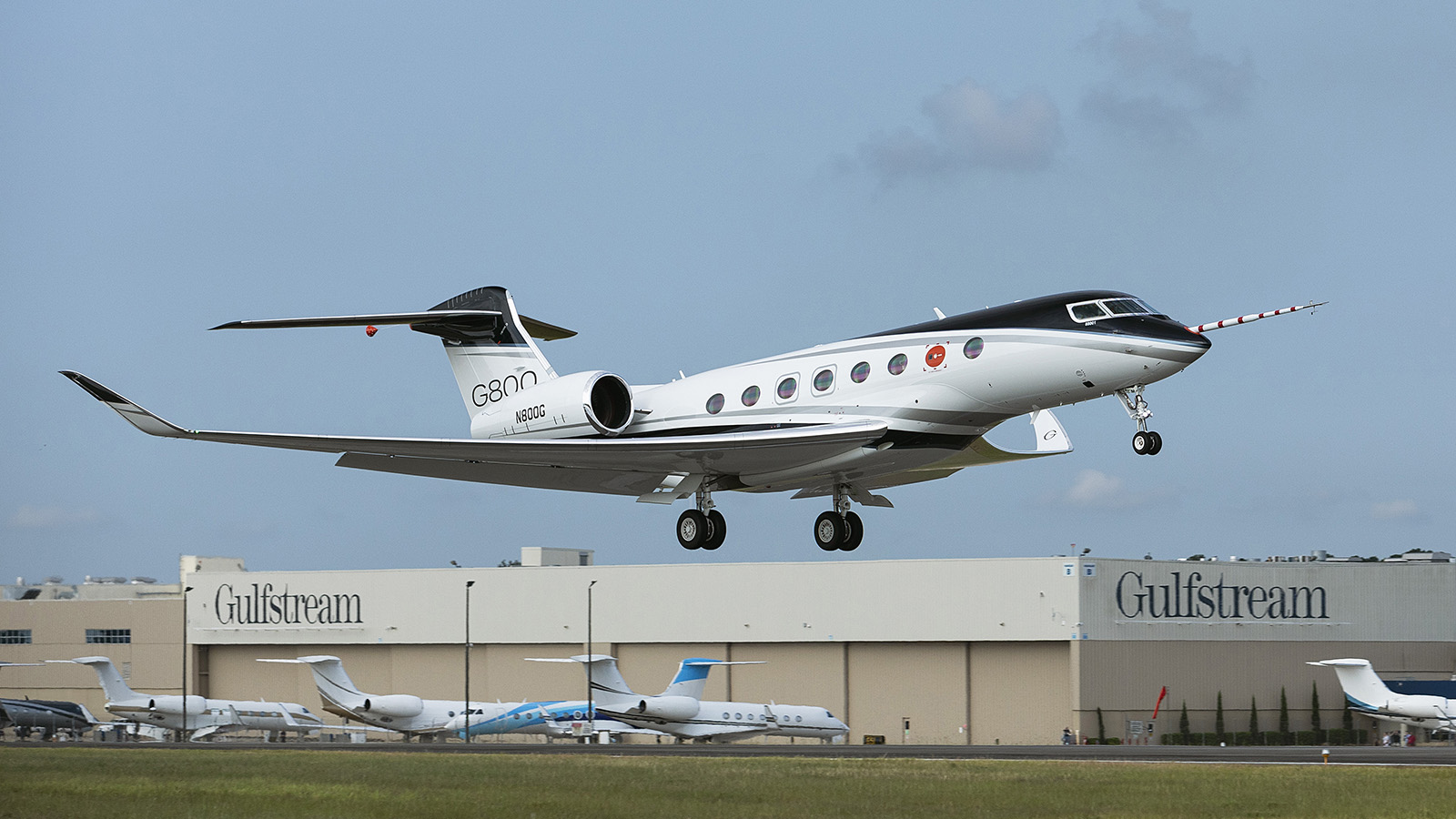Stay Up to Date
Submit your email address to receive the latest industry and Aerospace America news.
The Flight Testing Technical Committee focuses on testing of aircraft, spacecraft, missiles or other vehicles in their natural environments.
With a U.S. Air Force B-52 Stratofortress bomber from Edwards Air Force Base in California serving as a carrier plane, DARPA and the Air Force flight tested two different versions of the Hypersonic Air-breathing Weapon Concept this year as part of the Air Force’s progress toward operational hypersonic systems. In April, the HAWC vehicle designed by Lockheed Martin and powered by an Aerojet Rocketdyne engine was flown, and in July, a different HAWC vehicle made by Raytheon flew with a Northrop Grumman scramjet. Both vehicles flew farther than 300 nautical miles (555 kilometers) and faster than Mach 5, achieving all primary and secondary test objectives.
Stratolaunch’s aircraft Roc was flown out of Mojave, California, continuing its test campaign in January with the goal of providing a low-cost, flexible launch platform for hypersonic and space launch vehicles. The Washington-based company will use the results of the ongoing envelope expansion to prepare for first flight of its hypersonic testbed, Talon-A.
In November, NASA launched the first Space Launch System rocket. The vehicle sent an unoccupied Orion capsule on a trajectory around the moon for the Artemis I mission. Orion is scheduled to return to Earth in December.
The unique SpinLaunch space access company advanced its flight test efforts. In April, the California company began integrating payloads to its test articles when it included a camera on a flight test. SpinLaunch plans to literally throw payloads into suborbital or orbital spaceflights via a rotating arm to reduce the cost of space access.
During a six-day mission in May, a Boeing Starliner spacecraft completed uncrewed testing ahead of future crewed missions. The flight consisted of end-to-end testing of the system from launch through landing and included docking at the International Space Station.
Germany-based Lilium’s Phoenix 2 electric technology demonstrator passed a significant test milestone in May when the unoccupied aircraft transitioned from hover to winged flight in Villacarrillo, Spain, taking one more step toward passenger flight aboard these advanced air mobility aircraft.
In March, the U.S. Air Force conducted its first crewed flight of an electric aircraft under military airworthiness criteria. As part of its Agility Prime program, the team flew the Beta Technologies Alia aircraft from Beta’s Plattsburgh, New York, facility. AFWERX, the Air Force’s innovation unit, is aiming to simultaneously promote military and commercial capability through such partnerships.
DARPA and Sikorsky completed the first flight of an unoccupied UH-60A Blackhawk helicopter in February. The agency’s Aircrew Labor In-cockpit Automation System was installed in an optionally piloted version of the Blackhawk. The technology should aid crews flying in limited visibility or provide operators the option to perform increasingly autonomous missions. In July, Boeing and the U.S. Navy demonstrated the ability of F/A-18 Super Hornet pilots to simultaneously control three uncrewed aerial vehicles via tablets connected to the aircrafts’ adjunct processors. The series of tests at the Naval Air Weapons Center China Lake in California highlighted the nascent ability of existing operational platforms to lead formations of crewed and uncrewed aircraft to achieve operational goals.
Business aircraft also continued to push the envelope with different approaches in a challenging field. In June, Gulfstream completed the first flight of a G800 business jet in Savannah, Georgia. Gulfstream plans for the aircraft to be the “industry’s longest-range aircraft” when it enters service, competing with Bombardier’s Global 8000, which Bombardier claims will be the “fastest civil aircraft since the Concorde.” In 2021 flight tests, a Global 7500, the basis for the Global 8000 design, repeatedly reached speeds of Mach 1.015.
Contributor: Andrew Knoedler
Stay Up to Date
Submit your email address to receive the latest industry and Aerospace America news.




